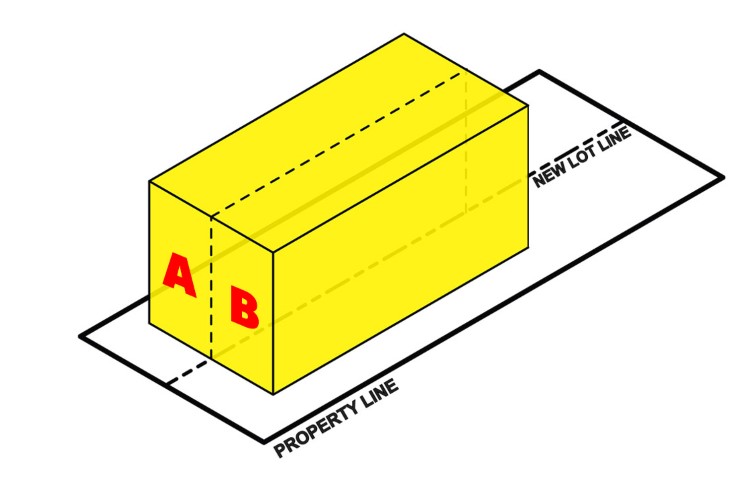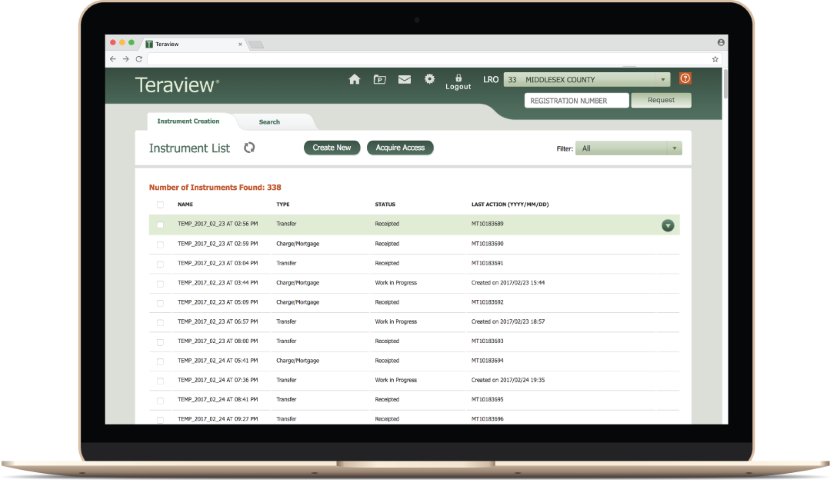March 15th 2019
 The Planning Act controls how land is divided. A recurring issue is when two parcels of land have been deemed a single merged parcel. Section 50 of the Planning Act restricts owners of merged parcels from dealing with each parcel separately, meaning municipal approval is required to sell the lots individually. As a buyer or seller, it is important to be alert to situations where property may merge, because any transaction contrary to the Planning Act is void. Consider two parcels of land, A and B. The seller has listed A and the buyer already owns the adjoining lot B. The purchase is not restricted. However, the buyer must be aware that there could be difficulty selling one lot separate from the other in the future. Perhaps the buyer plans to build one large house over the merged parcels, so they are content with the consequence of merger. However, surprises can be avoided through due diligence and planning. For example, merger can be avoided if ownership to A is placed in your name and the name of another, such as your spouse. In this situation, title does not merge because there are distinct powers of disposition for each parcel.
The Planning Act controls how land is divided. A recurring issue is when two parcels of land have been deemed a single merged parcel. Section 50 of the Planning Act restricts owners of merged parcels from dealing with each parcel separately, meaning municipal approval is required to sell the lots individually. As a buyer or seller, it is important to be alert to situations where property may merge, because any transaction contrary to the Planning Act is void. Consider two parcels of land, A and B. The seller has listed A and the buyer already owns the adjoining lot B. The purchase is not restricted. However, the buyer must be aware that there could be difficulty selling one lot separate from the other in the future. Perhaps the buyer plans to build one large house over the merged parcels, so they are content with the consequence of merger. However, surprises can be avoided through due diligence and planning. For example, merger can be avoided if ownership to A is placed in your name and the name of another, such as your spouse. In this situation, title does not merge because there are distinct powers of disposition for each parcel. 
 Technology has afforded lawyers powerful tools to investigate properties and determine parcel boundaries and ownership. Teraview is a software created by Teranet which enables those licensed under the Electronic Land Registration System to access the Government of Ontario’s land records database without attending the local Land Registry Office. This means adjacent land searches can be performed quickly and cost effectively through Teraview’s map feature, enabling a purchaser to determine whether a property indeed shares a common border, putting your transaction at risk of merger or contravening the Planning Act.
Technology has afforded lawyers powerful tools to investigate properties and determine parcel boundaries and ownership. Teraview is a software created by Teranet which enables those licensed under the Electronic Land Registration System to access the Government of Ontario’s land records database without attending the local Land Registry Office. This means adjacent land searches can be performed quickly and cost effectively through Teraview’s map feature, enabling a purchaser to determine whether a property indeed shares a common border, putting your transaction at risk of merger or contravening the Planning Act.